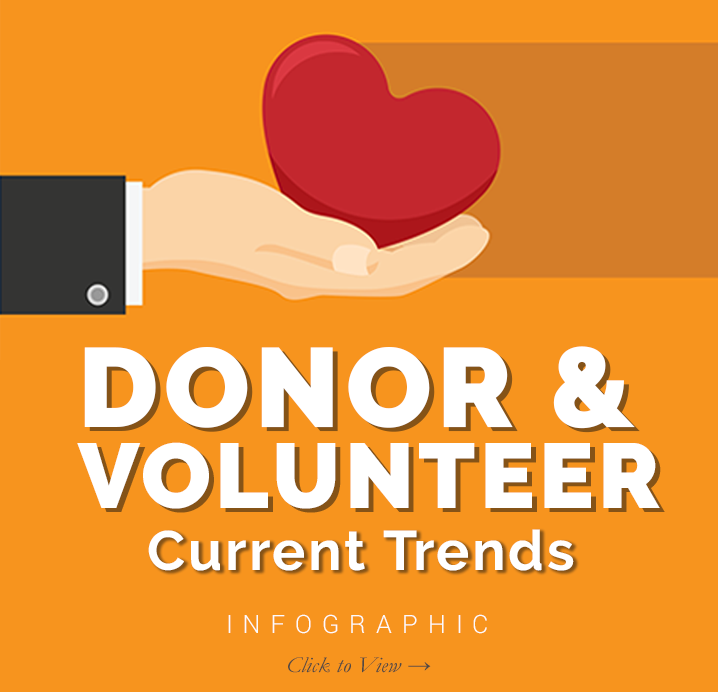
At Winspire News, we strive to keep our readers informed with up-to-date information on the fundraising world. Perhaps no information is more important than understanding the motivations of your donor base.
In today’s infographic, we looked at recent Harris Poll survey data from over 2,000 U.S. adults on their nonprofit support and giving habits.
We compiled the most relevant and surprising tidbits into an infographic, including:
- How many U.S. adults are supporting charity financially, in-kind, via volunteering – and how many aren’t
- How much money and time each generation is giving to Nonprofits
- How different age groups are discovering new Nonprofits to support
- and more!

Baby Boomers and Gen X Lead Giving
As noted in the infographic, the generation most likely to give both money and goods to nonprofits were Baby Boomers, or those 55 and up. Generation X (ages 35-54) was not far behind, and they led the pack in terms of volunteering their time to give back.
The older generations were also more likely to donate higher amounts and more hours of their time.
For ideas on volunteer duties to recruit on auction night, see:
{{cta(’74c7a7b9-0320-4ba4-a199-b781db07aaf2′,’justifycenter’)}}
How to Reach New Donors
The other critical piece of information we gleaned from the survey data is how brand-new constituents are being introduced to nonprofit organizations.
While donor acquisition historically is not as effective as donor retention, it’s still an important piece of the charitable deveopment strategy.
To reach Baby Boomers – the greatest generation of givers – direct mail is still key. In a world increasingly reliant on technology, there’s still a place for printed invitations, annual reports, auction catalogs and snail-mail giving campaigns.
For Generation X, it’s all friends and family. They appreciate the social nature of giving and philanthropy. If you have plenty of Gen X’ers in your donor base, focus efforts on increasing attendance and rewarding word-of-mouth referrals (like limiting ticket sales to 2-packs!). Getting invited to a fun, impactful fundraising event is a powerful way to connect with new donors of this age group.
Finally, Millenials may not have been the top givers in this survey group, but that doesn’t mean they’re to be discounted. Reaching younger donors early on will make it much more likely for them to give to your cause when they are older and have more resources. Plus, millenials are known for connecting passionately and enthusiastically to social causes.
Their primary method for finding new nonprofits: social media.
Is it time for your organization to invest in a social media strategy?
{{cta(’55cbcb9e-f865-47b8-bc59-49f07a4b0037′,’justifycenter’)}}
While millenials are most likely to find causes through social media, donors of all ages are increasingly using Facebook, Instagram and Snapchat on a daily basis. You can use this to your advantage by posting surprising, uplifting and interesting content (updates, questions, short-term crowdfunding campaigns and more) to your social channels.
Your turn: Has your nonprofit looked into leveraging social media to connect with donors and/or raise money? What have you done that was successful or not successful? Let us know in the comments below.
